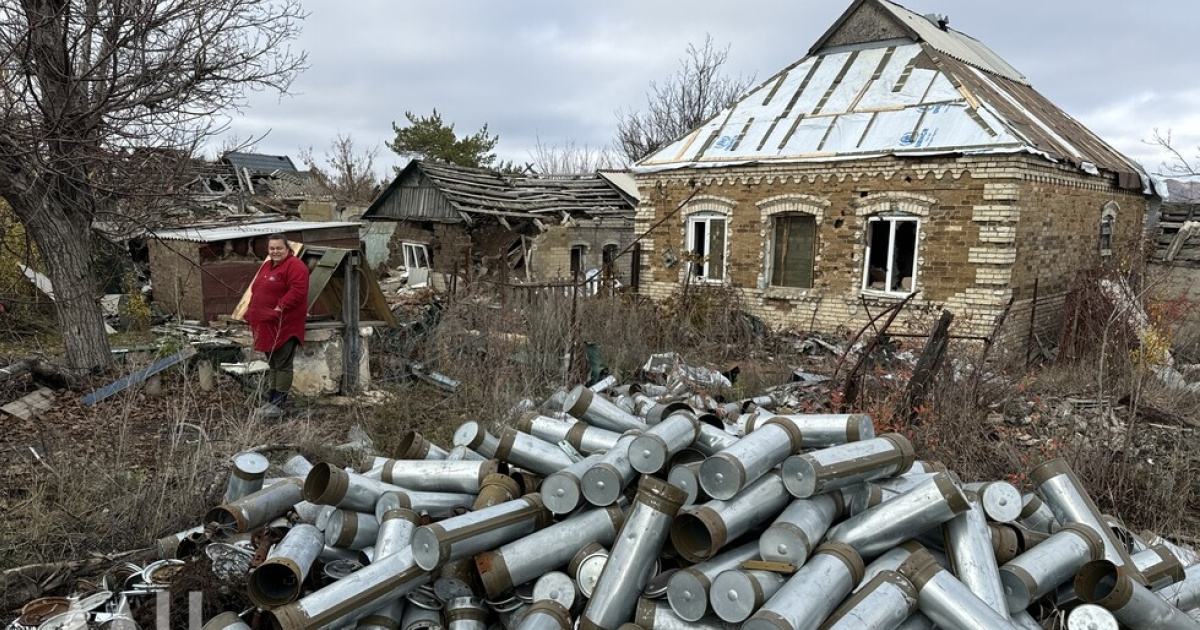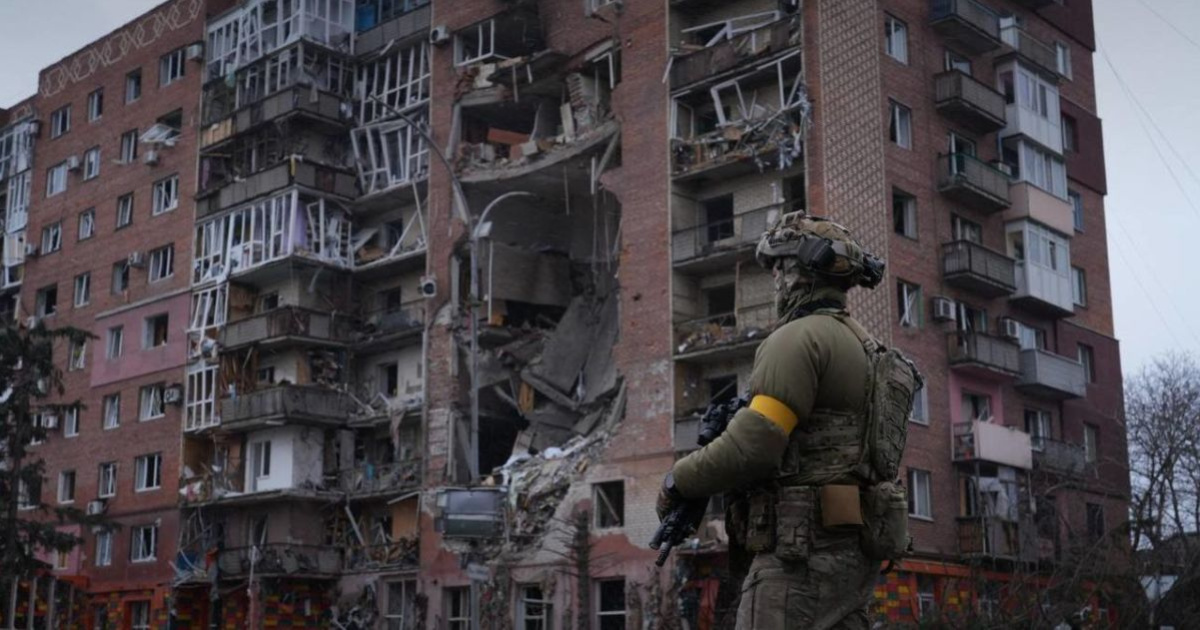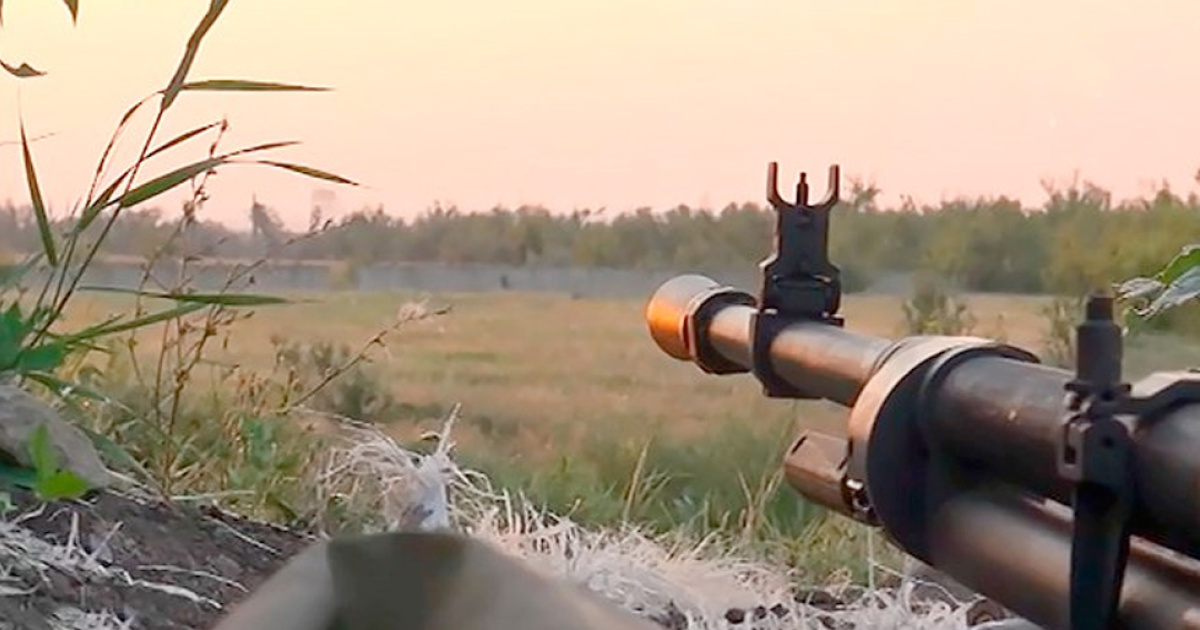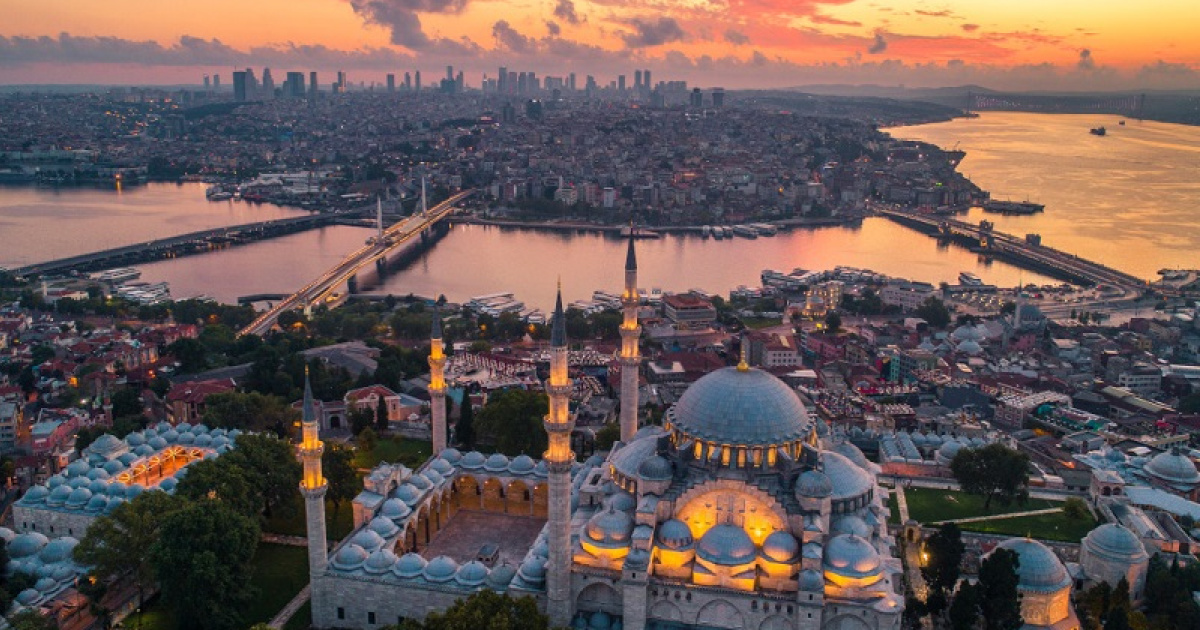
President of the russian federation vladimir putin announced his readiness to return to direct negotiations with Ukraine — specifically in the “Istanbul format” and without a preliminary ceasefire. In this way, moscow is not abandoning armed pressure on Ukraine, but on the contrary, it is trying to combine military actions with so-called diplomatic signals.
This statement has already triggered reactions from Ukrainian authorities and Western politicians. Donald Trump stated that Ukraine must immediately agree to the negotiations proposed by the kremlin leader in Turkey on May 15. President Volodymyr Zelensky did not hesitate and proposed a meeting at the level of heads of state, effectively tossing the ball into moscow’s court.
What’s behind putin’s “Istanbul initiative”, why the russian dictator chose Turkey specifically, and whether there are real grounds for a peace process now — political scientist and head of the United Ukraine Think Tank, Ihor Petrenko, shared his views in an interview with OstroV.
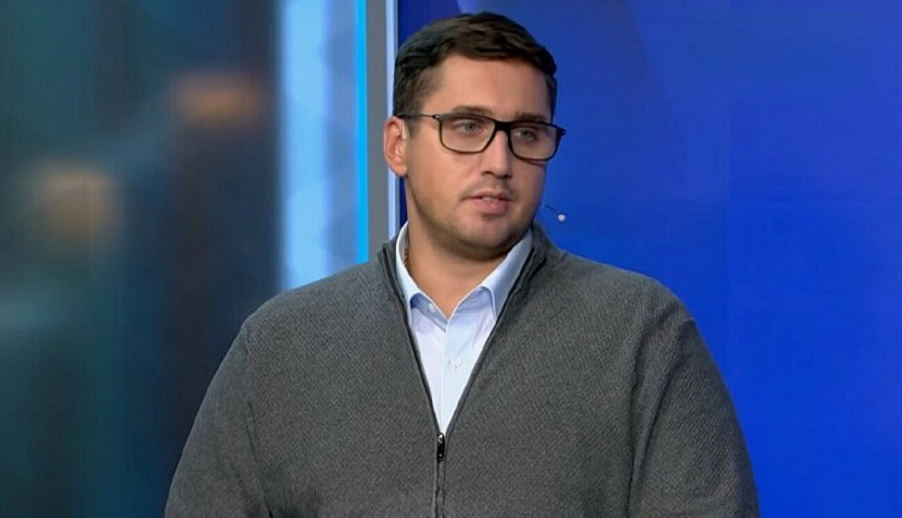
– I’d like to start with putin’s recent statement about resuming direct negotiations in Istanbul. How would you comment on this initiative?
– First of all, putin is trying to seize the initiative. His three-day truce didn’t work, it didn’t get the desired reaction. Ukraine, the United States, and European partners supported the position that a ceasefire needs to be implemented for a longer term. That’s why putin tried to make a move to take back the initiative and proposed the meeting in Istanbul. In reality, putin doesn’t want a ceasefire, he’s aiming for Ukraine’s capitulation. But at the same time, he’s trying to regain initiative so that there’s no basis to say he’s rejecting the peace process. He’s giving a pass to Trump: like, we’re not against it, let’s meet in Istanbul, we’re ready to talk.
Putin wants to maintain a connection with Trump and avoid provoking him into a harsher response, so as not to create the impression that it’s russia dragging out the process and refusing to stop the fighting. This is an attempt to create the appearance of dialogue.
– So this is a show for Trump and an attempt to draw Ukraine into direct talks?
– Exactly. He wants to pull Ukraine into negotiations without the presence of the United States and the European Union and gain the opportunity to accuse Ukraine of being destructive. When talks happen one-on-one, without mediators, it always creates space for certain manipulations.
Putin wants to play along with Trump and give him a “success story”, or at least the chance for one. Especially since the American president has said that the sides should talk directly, without the U.S. as a mediator. This is also an attempt to shift the focus from the “30-day ceasefire” track to “let’s meet on Thursday”, after which putin will start tossing in additional conditions and trying to paint Ukraine as the one acting destructively.
– Why, in your opinion, did putin choose Istanbul specifically?
– It’s his attempt to tie the situation to the so-called “Istanbul agreements”, which were discussed at the beginning of the full-scale invasion. He likes them because they offer certain advantages. Even though those agreements weren’t signed by Ukraine — they were merely a memorandum of intent — putin wants to present them as the foundation for new negotiations.
In reality, the kremlin leader understands he can’t achieve the goals of the “special military operation” in the near future, but he also has no plan for how to exit the war. That’s why now the russians are clinging to the Istanbul agreements. They understand that Turkey is a country maintaining working relations with both Ukraine and russia. Plus, there was a successful case there with the grain deal.
– What can russia bring to Istanbul besides the “old agreements”?
– The russians will say the Istanbul agreements are the base, and using that as a starting point, they’ll propose to negotiate. But we have to understand that these talks aren’t about genuinely trying to reach an agreement — they’re designed to buy time. I’m more than certain that there will be no real agreements now. This will be an attempt to create a process for the sake of the process itself, to use the summer period for certain operations on the ground.
And only after the results of the summer campaign, perhaps, a new round of the negotiation process will begin with different outlines. But right now, russia is not interested in real negotiations. Putin just wants to buy time, which he’ll use to promise the United States “golden mountains”: the Arctic, Nord Stream, joint extraction of some valuable resources. At the same time, they’ll try to showcase some kind of success story: like, thanks to Donald Trump, Ukraine and russia have finally sat down at the table and are talking directly. I think that’s roughly the plan.
– How do you assess Volodymyr Zelensky’s reaction to putin’s proposal?
– It’s important to understand this: at first, Ukraine wasn’t going to go to Istanbul. But there was a reaction from our European partners, and also Donald Trump’s post, in which he said the sides should meet. On the one hand, he showed an intention to pressure russia, on the other, he insisted on the meeting. So Trump played along with putin and threw a gesture toward Ukraine as well, and we didn’t have much of a choice — we had to agree. But we needed to create conditions under which the ball would end up on russia’s side.
– In what sense?
– Putin’s idea was to prepare a negotiating team that would go to Istanbul. And Zelensky immediately proposed a meeting at the presidential level. This is a kind of attempt to provoke putin. But we understand that it’s extremely unlikely the russian president will come to Istanbul. In the end, Zelensky will be able to say that he came ready to talk, but the other side refused — which means it's russia that doesn't want peace.
– Didn’t Trump’s message look like one-sided pressure on Ukraine?
– I don’t think it was one-sided pressure on Ukraine. Yes, what Trump wrote could be called an ultimatum to both sides, but at the same time, he left a note along the lines of: “I’ll see what comes of this, let’s try, we’ll see who’s ready to negotiate and who isn’t”. In other words, Trump left himself room to maneuver. He showed that he’s not taking a hardline position yet, but that he’ll act one way or another depending on how things develop. It was a kind of gesture toward Ukraine.
I think Trump was simply trying to “play both sides”. He played along with Russia by saying: “Meet immediately”. But at the same time, he also played to Ukraine in the sense that this meeting would reveal who truly doesn’t want peace.
– What is Trump trying to achieve right now?
– I think Trump has been aiming for one thing from the start — to stop the fighting and present it as his personal victory: like, he managed to stop the shooting, beautiful people aren’t dying anymore, and from there — go ahead, Europeans, Ukrainians, russians — negotiate your political settlement among yourselves, while he steps aside.
Everyone understood that, and frankly, no one was particularly interested in that scenario. Not even the Europeans, because they need a “security umbrella” from the United States. They understand that a lasting peace is unlikely if Washington doesn’t participate in a broad political settlement, particularly in verifying the ceasefire terms, monitoring the line of contact, or carrying out some kind of air missions. Otherwise, peace won’t last, even if it’s formally declared.
In his initial efforts, Trump tried to focus on ending the hostilities and then say: “I did what I promised”. But it’s not working out for him. Trump sees now that deeper U.S. involvement is inevitable. On top of that, he’s already signed a mineral agreement with Ukraine, meaning he’s acknowledged a strategic interest here for the United States, and he can easily explain that to his voters: like, “we’re protecting our economic interests, that’s why we support Ukraine”.
I’d say Trump is mentally ready for deeper involvement, but he’s still trying to “play both fronts” — supporting both russia and Ukraine, but without extra costs or significant U.S. interference. However, he’s also increasingly realizing that it likely won’t work. And in the end, he’ll still have to put pressure on russia to achieve at least some kind of stable arrangement at this stage.
– Do you think Trump is ready for real pressure (sanctions and other restrictions) on russia?
– I think he’s theoretically ready for it. But it’s important to understand how Trump and his team view the situation with the russian federation. They’re trying to implement a certain strategic idea from Henry Kissinger — essentially to recreate the success of the Cold War, when the U.S. managed to pull China away from the USSR and turn it into an ally against moscow.
Today, Trump’s administration is aiming to pull russia away from China. The idea is to reduce the influence of the main geopolitical rival (namely China) by creating a bit of “wiggle room” in relations with the kremlin. This would allow Washington to have at least some influence over moscow’s stance toward Beijing on various issues.
– Is that a realistic goal?
– I think it’s a dead-end idea, because back in the 1970s, China and the Soviet Union were nearly on the brink of war, their relations were terrible, with border shootouts and all that. That’s not the case today. On the contrary — russia and China have very close cooperation. Xi Jinping literally just visited moscow, and that visit was a symbol of demonstrative support. He showed that the United States can “kiss its hopes goodbye” when it comes to trying to turn russia against China. In other words, the U.S. is looking at russia in a broader context than just the war.
I believe Trump’s frustration is growing, and that could become one of the factors that pushes him toward real sanctions pressure on russia. The question is how actively he’ll be willing to act and how tough he’ll go. After all, the U.S. has all the resources needed to arm Ukraine “to the teeth”. That’s the best form of pressure on russia — including expanded sanctions.
By the way, as the U.S. Treasury Secretary said, sanctions against russia are currently only implemented at 30–50% of their maximum capacity. So the potential for pressure is massive. And it hasn’t been fully tapped yet. However, for Trump to actually start acting, someone needs to convince him that it will be effective — that sanctions and military aid will deliver real results.
That scenario is possible. But to make it happen, the right rhetoric is needed, the right words — and that’s not the simplest task.
– If we sum it all up, what stage of the negotiation process are we at right now?
– I think we are currently at the stage of developing a common position with our partners. We have certain “red lines”, and right now we’re trying to work out a unified approach with our Western partners — the European Union and the United States. Our main task at the moment is to coordinate positions, and this especially concerns our interaction with Donald Trump.
In other words, we hear their signals and requests, but we’re trying to convey our position: that at this stage, any agreements with putin won’t work. So I would call this the stage of forming a joint position with our Western partners.
– But this isn’t the beginning of real negotiations yet?
– If we’re talking specifically about negotiations between Ukraine and russia, then this is more of a preparatory phase. We’re working out the basic conditions, the framework positions we can build from. Ukraine has already voiced its foundation, russia is basically appealing to the so-called “Istanbul agreements”. But we must remember that the war remains asymmetric both in military and diplomatic terms. That’s why we need to secure support and speak the same language with our partners when it comes to the parameters of peace, because different formulas have been suggested — from the 1991 borders to U.S. recognition of Crimea.
We’re still at the stage of developing a clear position that can be used to reach some kind of agreements. But right now, there are too few restraining factors for russia. Yes, they have serious economic problems, but that’s never stopped putin before. So we need stronger pressure on russia to force it into real negotiations, or pressure on Ukraine to make us accept capitulation. But so far, we’ve managed to fend off those options that sounded like attempts to “shove” capitulation at us disguised as compromise.
– When could real negotiations begin?
– The actual negotiation process may not begin until autumn.
– So putin is betting on a summer military campaign?
– I think so. Putin is indeed betting on a summer campaign. If the russians drag out the process now and there’s a sluggish response from the West, they’ll try to carry out a summer military campaign. If the russian federation delays the process but Trump and our partners act quickly — impose sanctions, deliver weapons — then Ukraine will have a chance to shift the situation. But that, too, will take time. So I think not before autumn can we talk about the start of a real negotiation process.
By Vladyslav Bulatchik, OstroV



